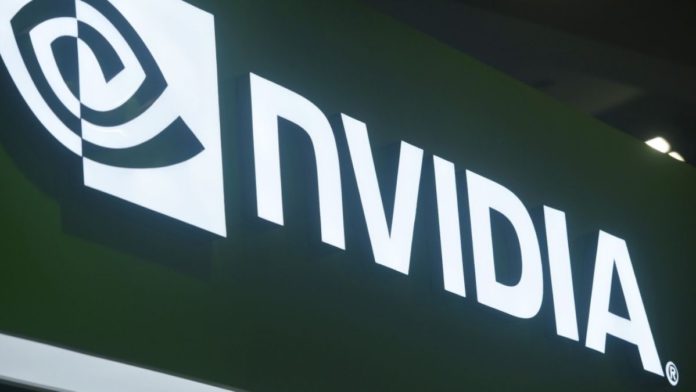Technology giant NVIDIA announces the launch of its new Jetson AGX Orin developer kit and Isaac Nova Orin architecture to accelerate the development of autonomous mobile robots.
The announcement was recently made during NVIDIA’s Spring 2022 GPU Technology Conference (GTC).
According to NVIDIA, Isaac Nova Orin is a cutting-edge compute and sensor reference platform to help accelerate the creation of autonomous mobile robots (AMRs), which is built on NVIDIA Jetson AGX Orin edge AI system that features state-of-an-art sensor technology along with high-performance artificial intelligence processing capability.
Read More: Kore.ai opens Global R&D center in Hyderabad
Jetson AGX Orin units offer up to 550 TOPS of AI computing for perception, navigation, and human-machine interaction. The modules process data gathered from the AMR’s central nervous system in real-time — essentially the sensor suite, which includes up to six cameras, three lidars, and eight ultrasonic sensors.
NVIDIA is also releasing additional software and simulation tools to help AMR deployments move faster, including hardware-accelerated modules, or Isaac ROS GEMs, which are critical for allowing robots to navigate visually.
As the eCommerce industry is flourishing worldwide, the need for better automation at warehouses is ever increasing. Intralogistics for AMRs is a big deal, with a market anticipated to hit $46 billion by 2030, up from about $8 billion in 2021.
NVIDIA’s new offering will considerably help developers make AMRs smarter and meet the global demand.
Founder and CEO of NVIDIA, Jensen Huang, said, “Modern fulfillment centers are evolving into technical marvels — facilities operated by humans and robots working together.” He further added that new processors, software, and simulation capabilities would usher in the next phase of AI, including robots that can detect, plan, and act.
The NVIDIA Isaac Sim April release includes new simulation tools that can assist save time when creating virtual settings to test and train AMRs. It drastically helps developers build complicated warehouse scenarios and configurations using 3D building blocks, allowing them to verify the robot’s performance on various logistical tasks.


